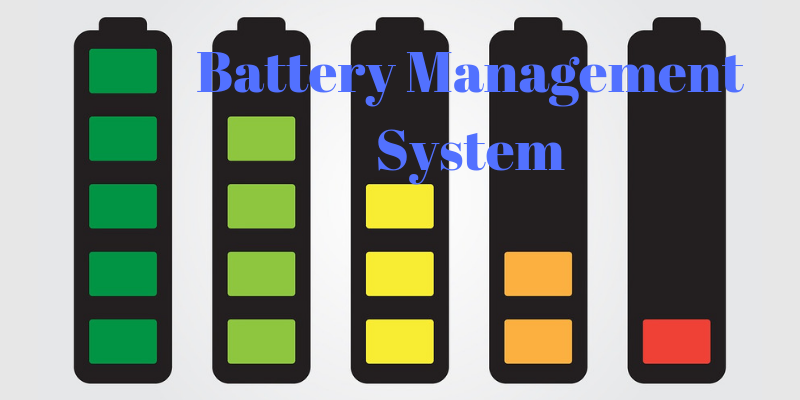The importance of Battery Management System
Energy Storage has seen many developments over the past three centuries. Newer technologies have come to store energy. Of late lithium batteries have become a quite popular and the need for a battery management system (BMS) has become immensely important.
What is a Battery Management System (BMS)?
Battery Management is typically used in rechargeable batteries. It is an electronic circuit that helps in safeguarding and monitoring the status and health of the battery.
Functions of a BMS
- The BMS protects the battery from over charging, deep discharging, over loading, under temperature, over temperaure and short circuit.
- The BMS ensures that all the cells in the battery are at the same State of Charge (SoC) making the battery to run at the full capacity. The SOC is usually calculated by the coloumb counting, which is nothing but calculating the current going inside and outside the battery. The BMS transfers the extra charge to a hig charge cell to the lowest charge cell, helping in increasing the battery life by up to 25%.
- The BMS can communicate with other devices helping to check the battery health and historical date online. The communicaltion is enabled through protocols such as BLE / CAN / CAM. The data that are ususally monitored are minimum and maximum voltage, maximum current limits, open cell voltage for state of charge, weak cell thresholds, charge controller status, thermal management status, etc.
- The BMS consumes very lower self power which is about 5 milliwatt, making the shelf life of battery to be one year.
- The BMS provides thermal management to the battery, safegaurding it against over and under temperature.
The BMS also may have a feature to protect the connection from the battery to the load. This is achieved either through seriesly connected power resitors until the capacitors are charged or the SMPS connected in parallel. These are used to precharge the load before the battery, ensuring a safe way to connect the battery to the load. This is called precharge system.
BMS Topology
There are three types of BMS topologies viz., centralized, distributed and modular.
- Centralized: The battery cells are connected to a single controller through multiple wires.
- Distributed: Each cell is equiped with a BMS with a single communication cable between the cable and the controller.
- Modular: The cells are divided in to several blocks handled by a few controllers.
The design of BMS can vary based on the real application and the load, however, the presence of BMS is essentially important for any battery configuration to work effeciently. The BMS are very prevelant in the lithium batteries. As lithium batteries are gaining momentum and are finding wide range of applications, the need for building a strong BMS has only increased further.




